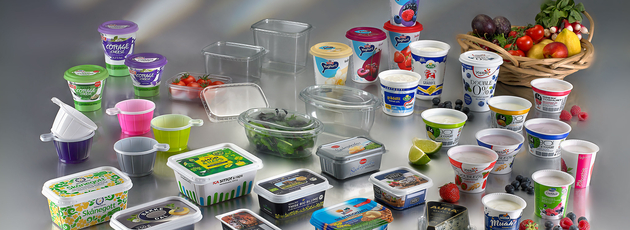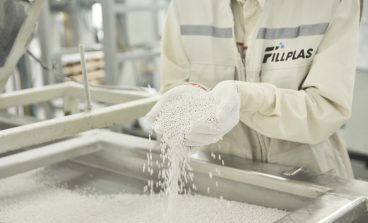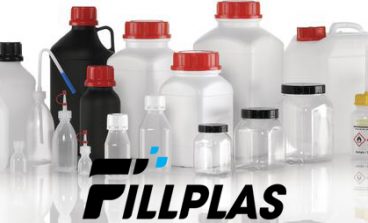
Thermoforming is a manufacturing process where a plastic sheet is heated to a pliable forming temperature, formed to a specific shape in a mold, and trimmed to create a usable product. The sheet, or “film” when referring to thinner gauges and certain material types, is heated in an oven to a high-enough temperature that permits it to be stretched into or onto a mold and cooled to a finished shape.
Types of thermoforming
There are two main types of thermoforming: vacuum forming and pressure forming.
Vacuum forming uses heat and pressure to draw plastic sheets into its final configuration. Once a sheet is heated and placed over a mold, a vacuum is used to manipulate it into its desired shape.
Pressure forming has many similarities to vacuum forming but has the added benefit of additional pressure. This pressure allows for greater detail and texture, making it a solid choice when aesthetics are an issue.
Plastic material characteristics for thermoforming
Here are some general physical characteristics that are used to describe the unique properties of each plastic material grade. The material selected will depend on the project requirements.
- Impact strength – how much abuse can a material take before it breaks
- Thermal conductivity – the amount of heat that can be conducted through the material.
- Coefficient of thermal expansion – the amount of expansion and contraction at a given temperature.
- Chemical resistance – effect of chemical interaction.
- Stiffness (flexural modulus) – rigidity of the material.
- Heat deflection – the temperature at which the material will distort.
- Hardness – material resistance to abrasion, chipping, and cracking.
- Flammability – the extent to which a material will support combustion.
- Mold shrinkage – the amount of shrink after the plastic is removed from the mold.
- Forming range – temperature range at which the plastic can be thermoformed.
- Tensile strength – Resistance to being pulled apart.
- Dielectric strength – Electrical insulation.
It should be observed that most plastic materials can be, to various degrees, custom produced with varying compositions of fundamental materials or alloyed with other plastic types, which results in variations of the plastic’s inherent characteristics. However, many physical properties of plastic are in direct conflict with at least one other property. So, maximizing a particular property of a plastic material often has the side effect of weakening another.
Advantages of thermoforming
Thermoforming has a number of advantages.
One of its main draws is that it is very adaptable to a customer’s design needs. With a fast turnaround time, it can be used for last-minute shipments or as a quick way to develop a prototype.
It is also a relatively low-cost means of production: the materials are optimized for cost-effectiveness and can lead to lower tooling costs.
Finally, the results can be very aesthetically pleasing. Colored and paintable plastics are available, allowing for a wide range of customization to meet customer needs.
Fillplas also produces CaCO3 filler masterbatch for thermoforming application. Please visit our website to have information.



